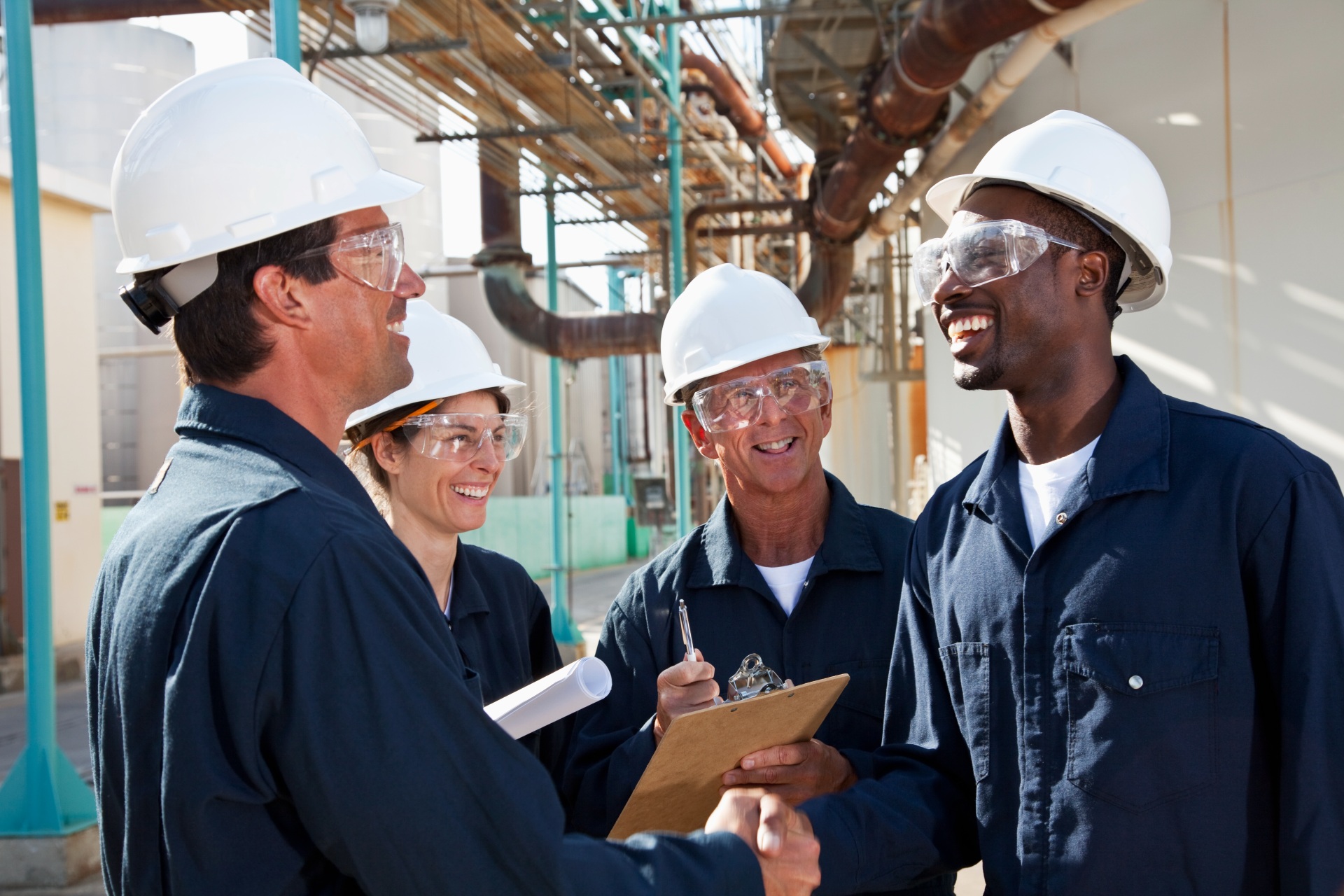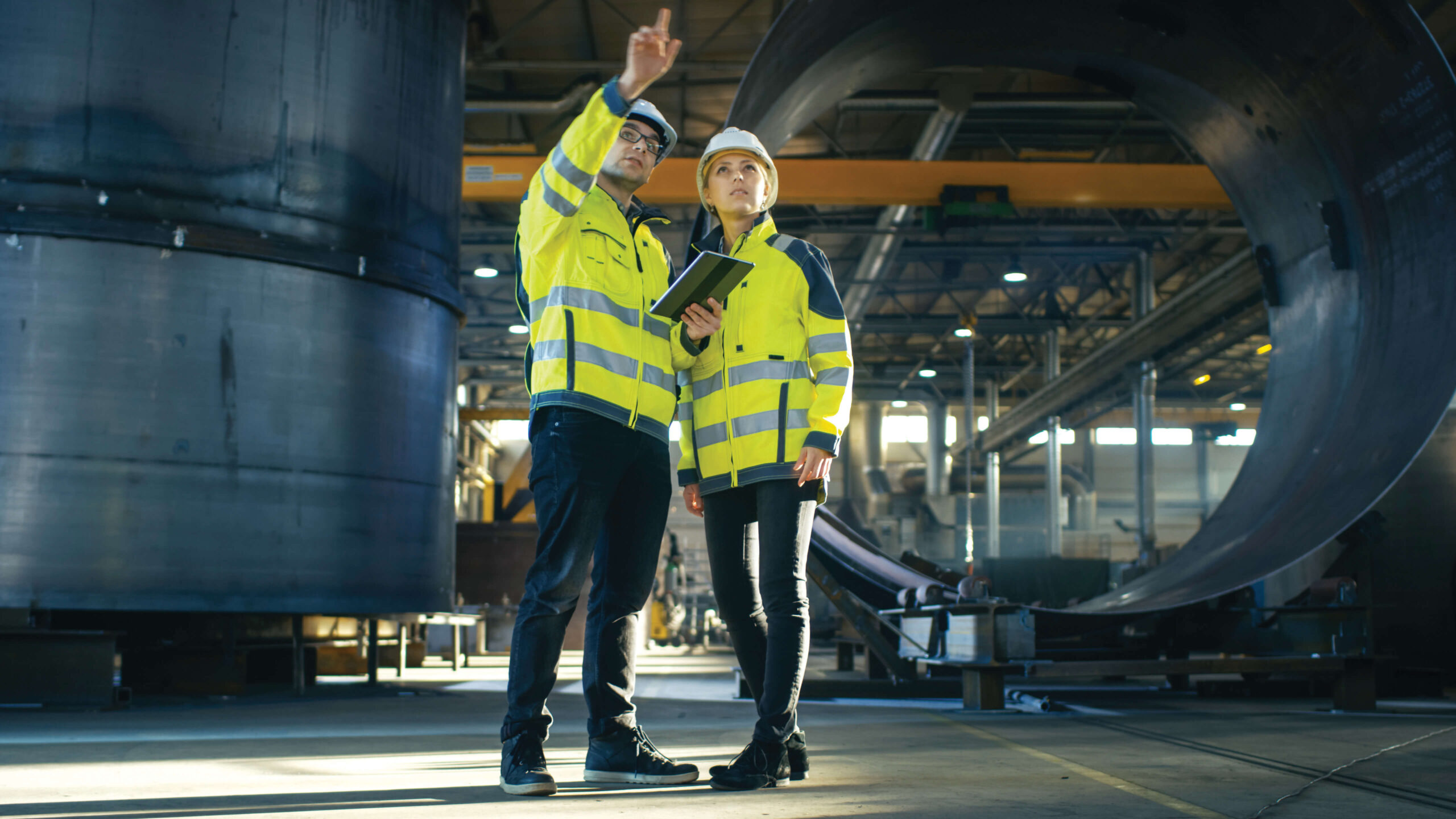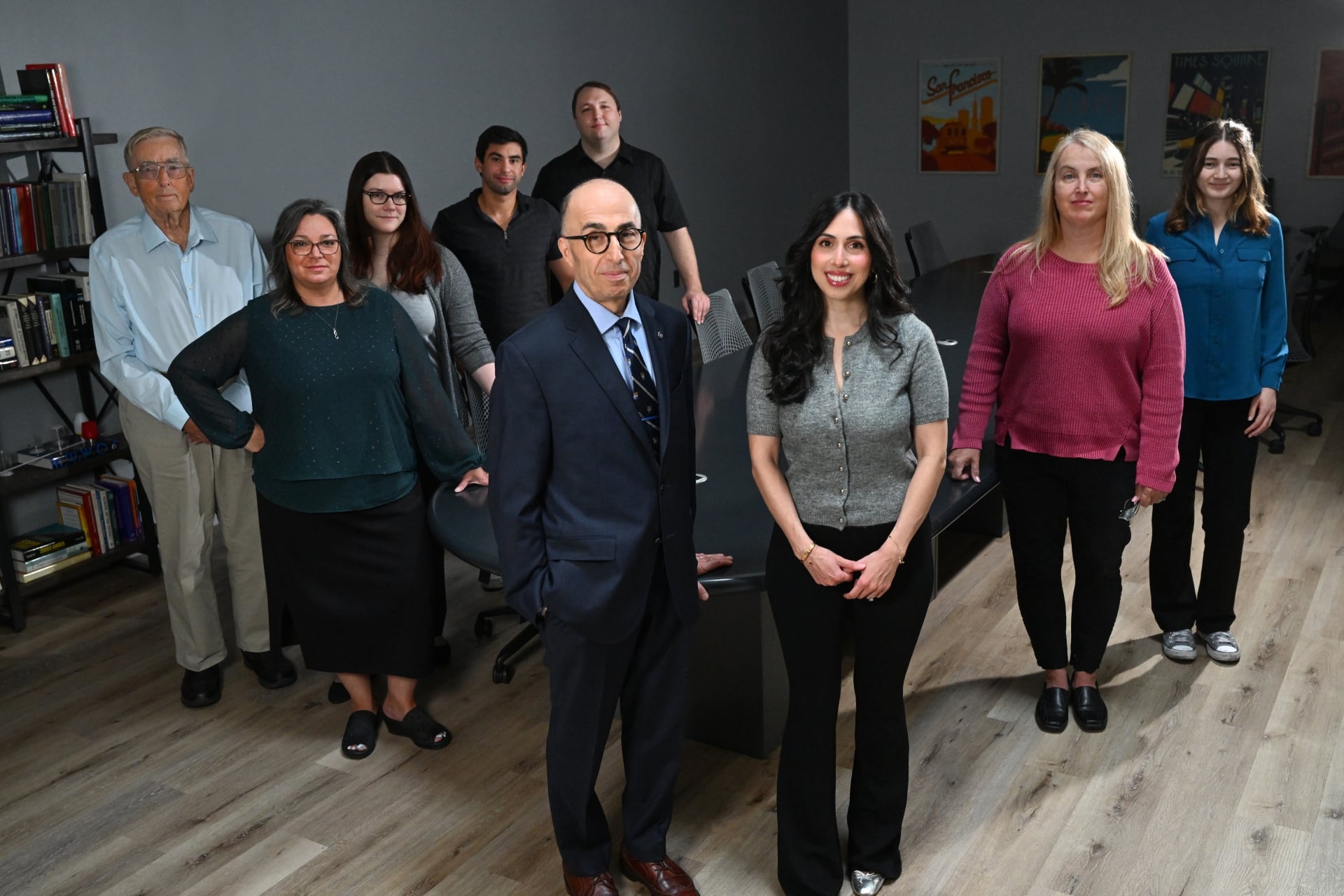Search
How to Use Dust Explosion Test Data

“My powder has a Kst of 257bar.m/s, a Minimum Ignition Energy (MIE) of 3mJ and a bulk powder Volume Resistivity of 5X1015 ohm.m; do I have a problem?
As a contract process safety test laboratory, we have noticed more and more companies measuring the flash-fire and explosion properties of their powders; but how are they making use of the data they obtain? In this short piece, we provide a few pointers to help you make sense of all the data that you obtain as a part of Dust Hazard Analysis (DHA) requirements of NFPA 652…
Let’s stick to the basics and concentrate on 4 characteristics of powders that should concern us all. Powders can EXPLODE, they can simply SELF-HEAT, they can BURN, and sometimes they can generate an awful lot of STATIC ELECTRICITY. We’ll start with EXPLOSIONS:
Explosions
Most of us know by now that if we disperse a powder in the air – where there is an ignition source – then we are at risk of flash fire (deflagration) or explosion. Explosions occur where the dispersed powder is contained inside process equipment or a building; Flash fires involve the same combustion processes but without the containment. The questions we want to ask are ‘how big or strong an explosion can I have with my powder AND how readily will it ignite in the first place?’ Of course, these questions are quickly turned into ‘how do I protect my facility from the forces of a dust explosion and how do I prevent it exploding to start with?’ These questions are answered by dust explosion tests.
Explosion strength is determined in the laboratory in a 20-Liter spherical test vessel from which a maximum explosion pressure (Pmax) and a ‘normalized’ maximum rate of pressure rise (Kst value) are determined. The bigger the Pmax and Kst values, the greater the explosion effects can be. These numbers have a variety of uses, but most frequently our consultants use them to design explosion protection measures for our clients – for example, explosion relief vent size and design activation pressure.
Ease of ignition by various ignitions sources are determined by other tests which we use to inform on the explosion prevention measures we need. The Minimum Ignition Energy (MIE) test measures the smallest spark energy that can ignite a powder and is used to determine bonding/ grounding requirements, need for operators to wear static-dissipative footwear, or the necessity to prohibit the use of insulating materials (e.g. plastic bags) in some cases….
Auto-ignition – Some powders can ‘auto-ignite’ in a cloud form when exposed to a heated environment, so knowledge of the Minimum Ignition Temperature of the dust cloud (MIT-cloud) can help set safe process temperatures.
Other ignition tests are available too, and some are described below.
Self-Heating/ Auto-Ignition
There are many powders that will ‘self-heat’ and even ignite themselves if they are exposed to temperatures above a ‘self-heating’ on-set Temperature. Self-heating/ decomposition incidents leading to fire or explosion do occur with concerning regularity in powder drying operations and proper characterization of powders can help prevent this by determining safe drying and process temperatures. Self-heating is a complex area and we advise discussions with a specialist to determine the most appropriate tests. More than one test, such as the Grewer Oven test or UN self-heating N4 test, may be needed to understand powder self-heating properties fully. This is because safe drying and safe storage temperatures depend on such things as air availability, powder quantity, deposit thickness and other factors.
Hot surfaces on electrical equipment can also cause powder self-heating and fire and there is an additional powder Hot Plate test – Minimum Ignition Temperature – layer (MIT-layer) which is used with the MIT-cloud test described above, to help ensure the correct specification of electrical equipment in your facility.
Static Electricity
All powders will generate static electricity when they are moved, but those with high electrical resistivity will also accumulate that static charge, even if it is handled in grounded and bonded metal equipment. In extreme cases, this charge build-up can lead to powder cloud explosion. Bulk powder Volume Resistivity, powder Electrostatic Chargeability and Minimum Ignition Energy properties of a powder can all be used to help assess this risks and to determine the most appropriate precautions to take.
Fire
If a powder will explode in air, it can also burn in a layer form. Powder layer combustion and dust cloud explosion differ by the availability of material surface to combust at one time. There is a burning rate (also referred to as fire-train) test available for looking at how a powder burns as a layer. After all, you may like to know that if a powder were to begin to combust in bulk, would it barely smoulder and even self-extinguish, or would it burn so quickly that there would be no time to react to a fire situation?
So, to return to the beginning
“My powder has a Kst of 257bar.m/s a Minimum Ignition Energy of 5mJ and a bulk Volume Resistivity of 5X1015 ohm.m; do I have a problem?
This powder is strongly explosible (Kst of 257bar.m/s is classified St-2). If the equipment or the building compartment is to be protected by explosion relief vents, these vents will need to be designed big. What’s more, it is very sensitive to ignition by electrostatic discharges (MIE of 3mJ and with a Volume Resistivity of 5X1015 ohm.m). If it gets electrostatically charged, it is likely to retain its charge for more than a day! I would be concerned about putting this into plastic containers/bags and would consider other precautions too.
Let’s use process safety data well – and protect people, the facility and our businesses.
For more information on the dust explosion tests mentioned in this article, please visit our website at https://stonehousesafety.com/laboratory-testing/ or feel free to contact us for a complimentary discussion with one of our process safety specialists to establish which tests are right for you and how you can use the data they provide. Call: 609 455 0001, Email: [email protected], Web: www.stonehousesafety.com.

Get in touch
To learn more about our expertise and services in dust explosion prevention & mitigation, call us at +1 609 455 0001 or email us at [email protected] today.
We also offer tailored virtual and in-company process safety training programs on Dust Explosions, Static Electricity and HAC (Hazardous Area Classification) and more. Find further information here.











